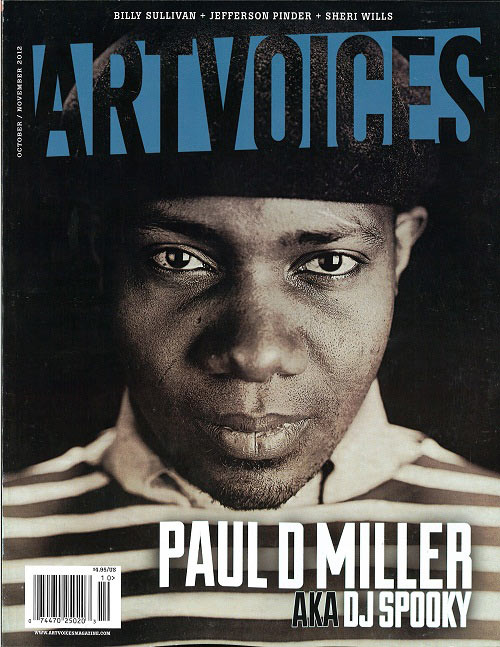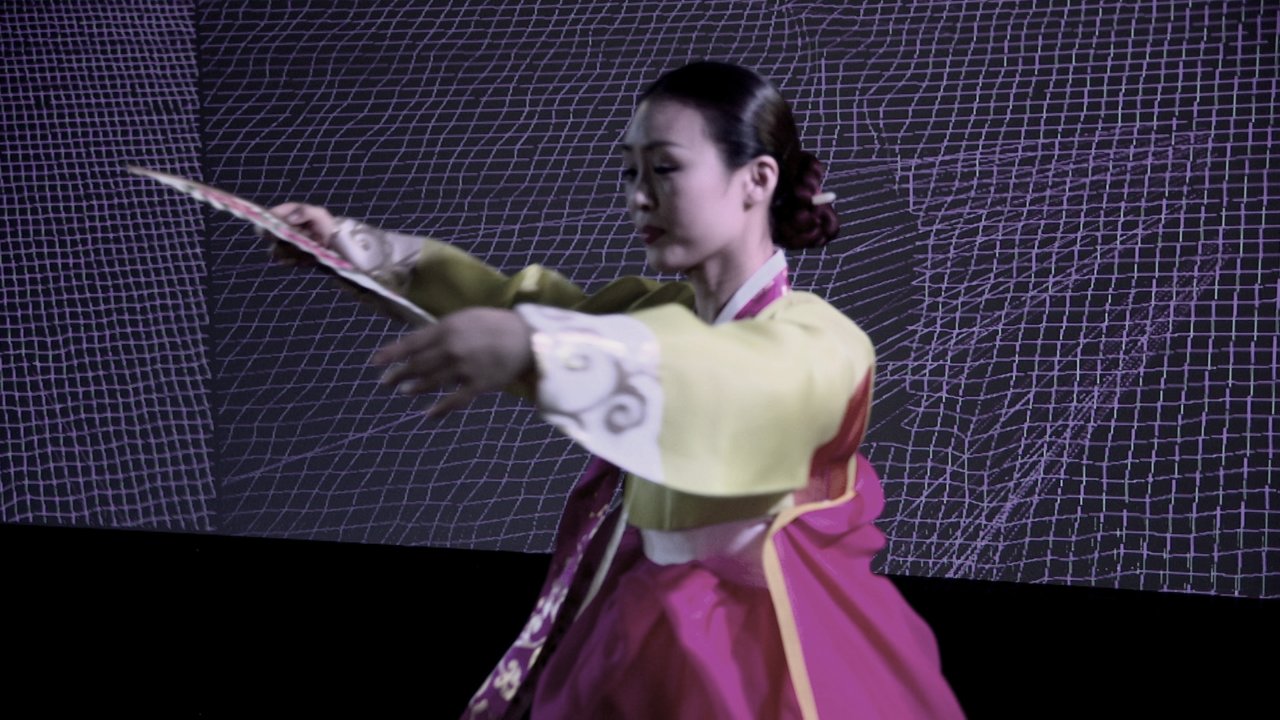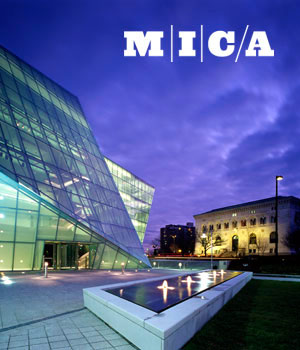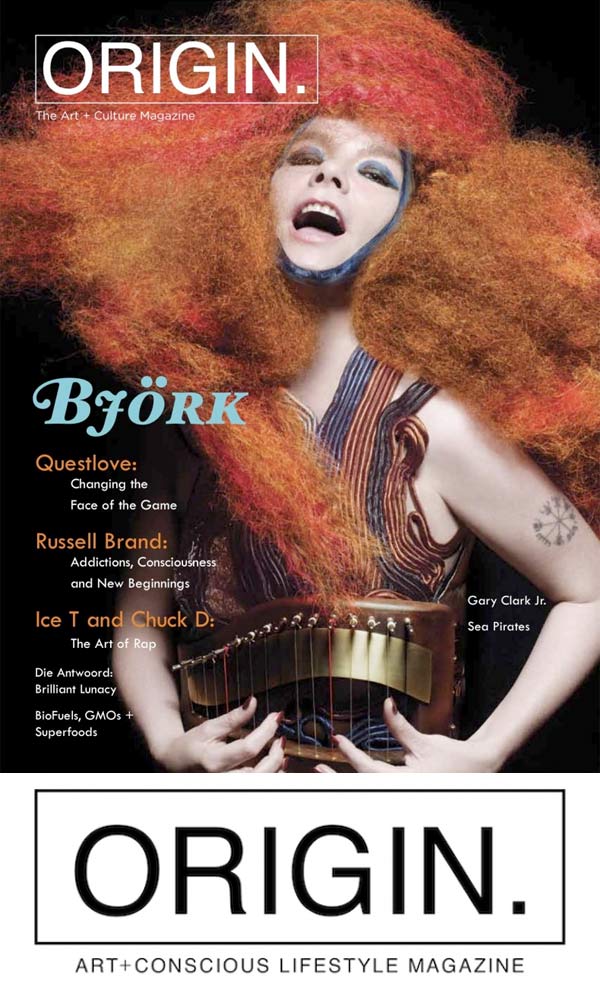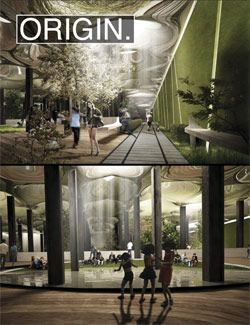DJ Spooky: All of the Above | October/November 2012 Issue | Article by Shane McAdams.
Excerpt:
Spooky is the rare artist that toggles between nerdy, technical indulgence, and sentient inventorying of the human condition. I’ve heard Spooky comment on several occasions, in regard to this eclecticism and reach, that it’s “all just one big record.” Which is funny, because it’s an omnivorous approach to art-making that sends me back to the Renaissance and Leonard’s flying machines, as much as it anticipates the next century, where the digital technology Spooky embraces will reign. So, one wonders: is Spooky a throwback, a contemporary, or an oracle?

